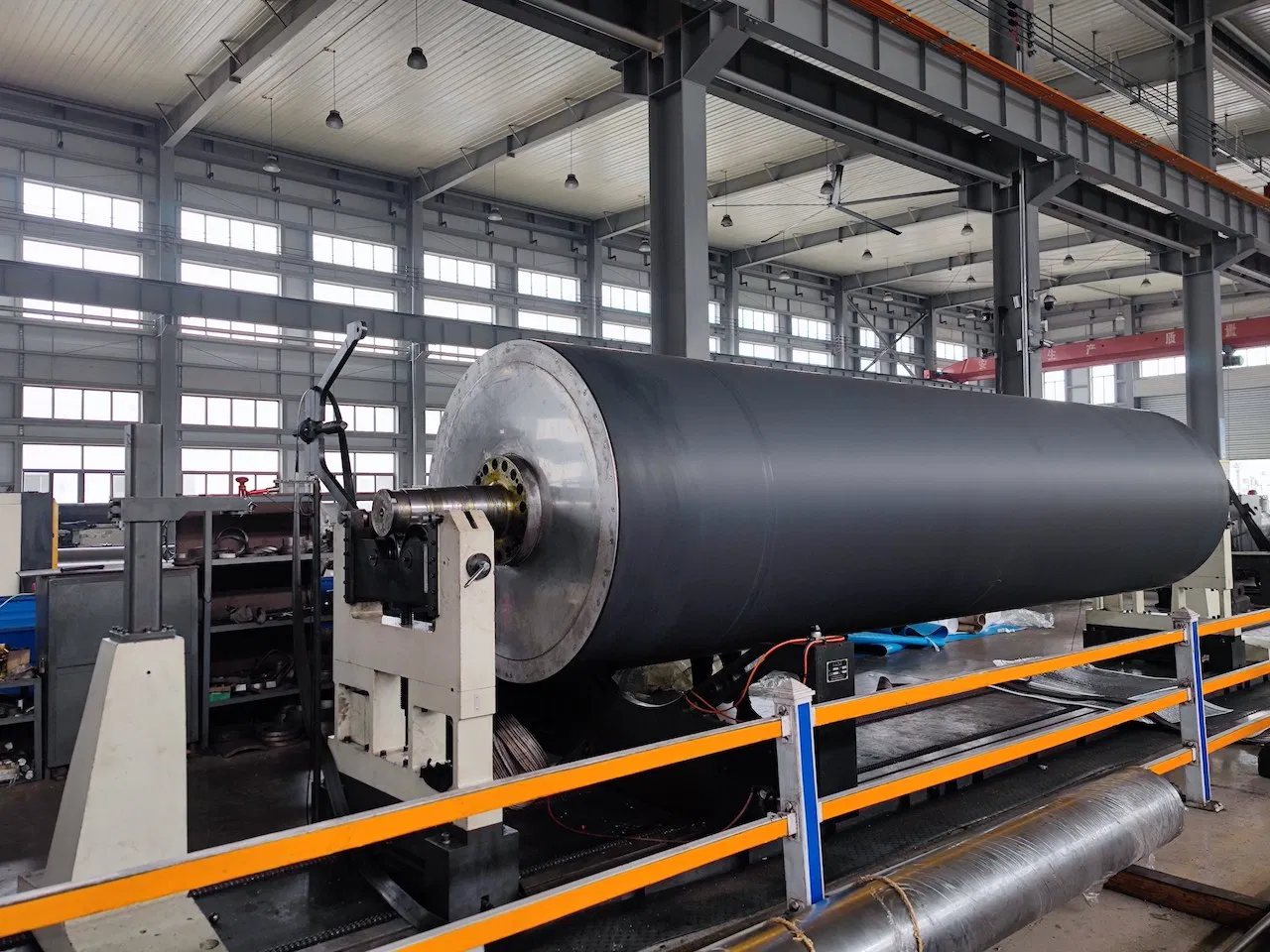Pulp forming equipment is an essential tool for businesses that produce paper products. It plays a crucial role in converting raw materials into pulp, which is then formed into various shapes and sizes. In this article, we will discuss everything you need to know about pulp forming equipment, including its types, applications, and benefits.
Types of Pulp Forming Equipment
There are several types of pulp forming equipment available in the market, each with its unique features and benefits. Here are the most common types:
- Fourdrinier machines: These are the most widely used pulp forming machines. They use a wire mesh conveyor belt to form the pulp into a sheet. Fourdrinier machines are suitable for producing paper products such as newsprint, tissue paper, and cardboard.
- Cylinder mold machines: These machines use a rotating cylinder covered with a permeable fabric to form the pulp into a sheet. They are suitable for producing specialty paper products such as filter paper and photographic paper.
- Inclined wire machines: These machines use an inclined wire mesh conveyor belt to form the pulp into a sheet. They are suitable for producing paper products such as corrugated board and containerboard.
- Tube forming machines: These machines use a perforated tube to form the pulp into a hollow shape. They are suitable for producing products such as paper straws and paper tubes.
Applications of Pulp Forming Equipment
Pulp forming equipment is used in a wide range of industries, including paper, packaging, and textile. Here are some of its applications:
- Paper production: Pulp forming equipment is used to produce various types of paper, including newsprint, tissue paper, and cardboard. It is also used to produce specialty paper products such as filter paper and photographic paper.
- Packaging: Pulp forming equipment is used to produce packaging materials such as egg cartons, fruit trays, and food containers. It is also used to produce corrugated board and containerboard.
- Textile: Pulp forming equipment is used to produce non-woven fabrics such as medical gauze, filters, and insulation materials.
Benefits of Using Pulp Forming Equipment
Using pulp forming equipment offers several benefits, including:
- Cost-effective: Pulp forming equipment is cost-effective as it uses recycled materials, reducing the cost of raw materials.
- Versatile: Pulp forming equipment can produce a wide range of products, making it a versatile tool for manufacturers.
- Eco-friendly: Pulp forming equipment produces minimal waste, making it an environmentally friendly option for manufacturers.
- Improved efficiency: Pulp forming equipment is automated, reducing the need for manual labor, and increasing efficiency.
Conclusion
In conclusion, pulp forming equipment is an essential tool in the manufacturing industry, offering numerous benefits to manufacturers. By using recycled materials, it is cost-effective and eco-friendly. Its versatility and automation make it an efficient tool for producing a wide range of products. Whether you are in the paper, packaging, or textile industry, investing in pulp forming equipment is a smart choice for your business.



